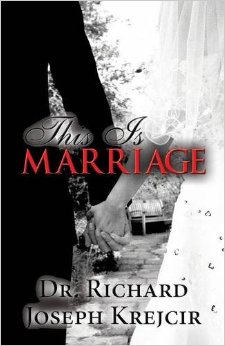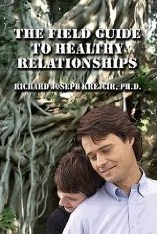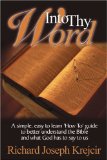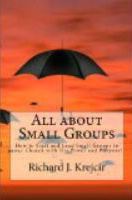Remember the Bible was written in Hebrew for most of the Old Testament, and Greek for the New Testament. So there are always many ways to translate a different language.
The main Bible Translations:
KJV: The Kings James is over 400 years old and the language means and reads different than what we are used to, so unless you are an English "Lit" major working on your Ph.D., then read it for its beauty and not for study. You can observe this yourself by watching old TV shows from the 50's and listen how they used language and compare it to now. Big difference, hence why kids today laugh at those shows differently than the original intention was. Now a translation from the 50's would be hard to understand, so what of 400 years past?
NKJV: The New King James Version (1982), This is an excellent translation and very readable.
NASB: New American Standard Bible (1960), an excellent translation for serious study word for word translation, which translates each word from the original language into the best corresponding English equivalent. However it is wooden and hard to read. It is a favorite among conservative evangelicals.
NIV: New International Version (1973), a very readable Bible, it is a cross between a "word for word" translation and a "Dynamic translation" which brings additional words into the text to make the point of the original language. This is often necessary because when you translate any language, you cannot always do it word for word and convey the original thought from the speaker or author. This version has some of the finest American scholarships. Make this Bible your best friend!
RSV: Revised Standard Version (1952), the standard pew Bible until the NIV. Good translation but word usage will be hard to understand and is dated (i.e. 50's TV show). Words lose and gain different meanings from generation to generation. This translation is two generations removed from us today.
NRSV: New Revised Standard Version (1991), is very poor and very excellent scholarship, so unless you can determine the difference stay away. This version reads into the text theological agendas that are not there, stay far away from it!
NAB: New American Bible (1970) this is the best Catholic Bible, excellent scholarship.
NLT: New living Translation (1999) is an excellent cross between a translation and a paraphrase. Make this Bible your second best friend!
JB: Jerusalem Bible (1966) is an English translation of a French translation (Bible de Jerusalem). It is not translated from the original languages! However it is very poetic and beautiful with its use of language, but not so good of a translation. It is great for extra insights.
NEB: The New English Bible (1961) great English scholarship from the folks who brought us fish and chips, thus is filled with "British Idioms," so you may not understand it well, unless you watch a lot of British TV. It is great insightful reading, especially the Psalms, but use only next to a literal translation NASB, NIV or NKJV.
LB: The Living Bible (Translated in 60's Pub in 1971) Great easy reading for reading the Bible like a novel, but far from the literal meaning. Use the updated version; NLT.
GNB. The Good News Bible (1966) is a paraphrase with very good scholarship, brings the Bible easy to read, excellent to get the big picture and along side of a good translation.
Some other good insightful paraphrases are J.B. Philips (1947), Moffit (1900's), The Amplified Bible (1958), The Message (1993), Contemporary English Version"(1995) this is great for youth and children or teaching them, or the "New Century Version" (1987).
And there are hundreds more!Here is a chart to show approximately how literal they are:
Literal (word for word) / A Cross Some what literal / Dynamic (extra emphases) / Paraphrase
NASB NKJV NEB NLT LB
RSV NIV NRSV JB CEV Philips
KJV NAB (catholic) GNB Amplified










